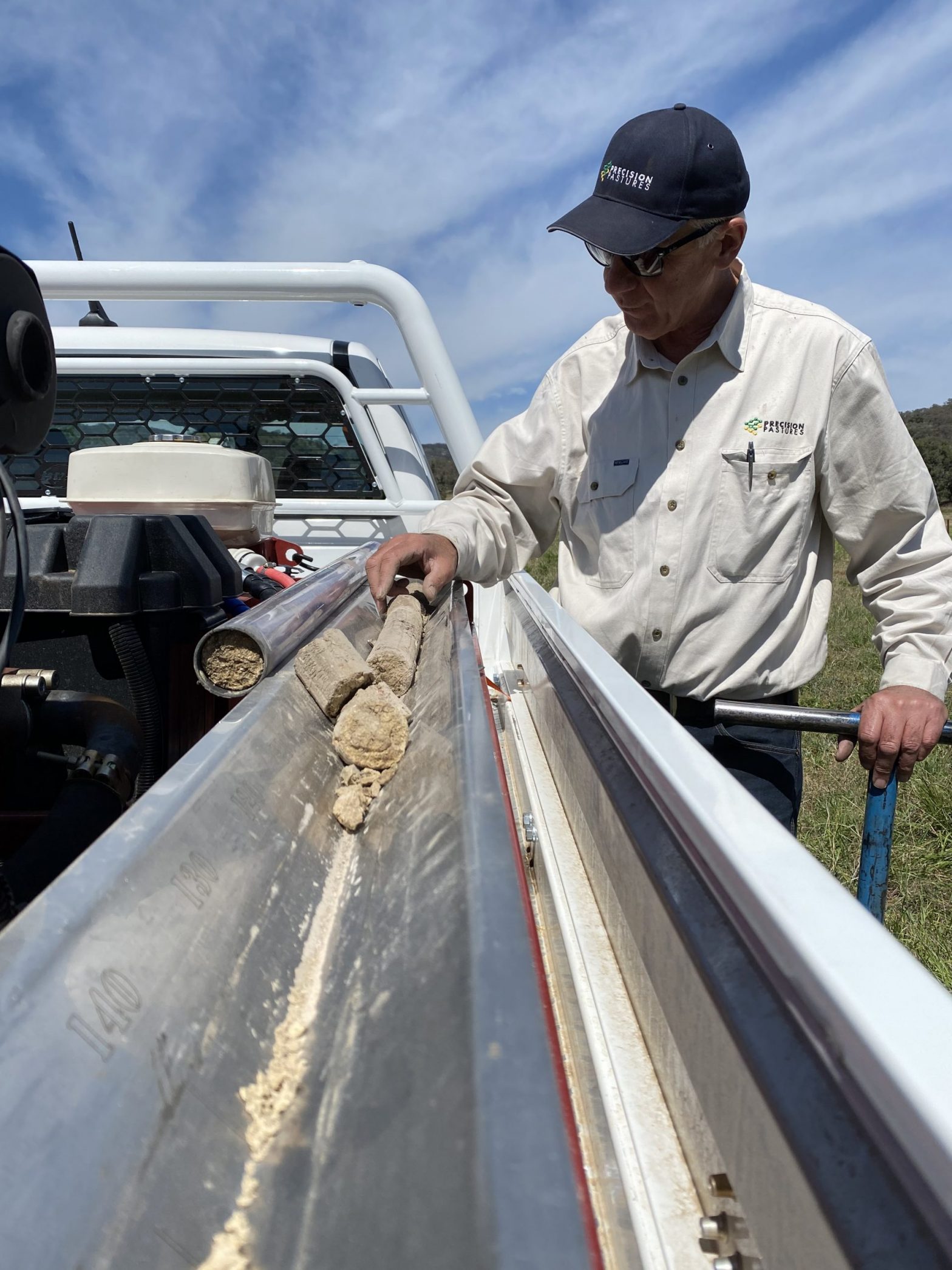MEASURING TO MANAGE – AND OPTIMISE – THE VISION BEHIND PRECISION PASTURES


Founder and managing director of Precision Pastures, Milton Curkpatrick, reveals the motivating factors behind establishing a company dedicated to precise, efficient management of pasture to enable the livestock sector to realise its true production potential whilst simultaneously benefiting the environment.
While cropping and yield monitoring have become commonplace in farming, the livestock and pasture production sectors have been slower to adopt precision agriculture. Yet, the same principles around “measuring to manage” apply, which became the driving force behind the establishment of Precision Pastures, according to the company’s founder and managing director, Milton Curkpatrick.
“I wanted to see this happen where soil health and nutrients were being mapped and treated according to the appropriate levels and that we understood what the critical values were to optimise production across the whole farm but then also, importantly, look after our environment,” Milton says.
“It was about putting some measure into it. Rather than putting a bag out to the acre, those old-fashioned approaches were working on hope, so I wanted to make sure that pasture management was more precise.”
Precision Pastures provides soil testing and agronomic advisory services to the pastoral and horticultural industries throughout New South Wales. It uses spatial technology to create soil zones, prepare mapping surveys, and conduct electromagnetic soil surveys and core soil sampling and testing. The test results are provided to clients (or their preferred agronomist) to assist with on-farm decisions concerning stocking rates, chemical and fertiliser applications and water use efficiency.
Milton established Precision Pastures in 2015. After a lifetime in agriculture, having started out on the family farm near Kingston in south-east South Australia, Milton’s experience is vast, as a grazier, but also in professional services, higher education and agronomy. As such, he was well placed to address the challenges faced by producers when it came to pasture management and carve out a niche that Precision Pasture so perfectly fills.
Adding to that wealth of knowledge was the creation of new technology available in agriculture, including spatial technology and satellite imagery that could enable soil testing on a grid or by zone across any farm, anywhere.
“This technology can reveal what the primary constraints on production are,” Milton says.
“It might not be all things or reveal all limiting factors but we then know how to address them individually rather than addressing the whole lot through a blanket approach to fertiliser application and so forth. When you’ve corrected these constraints and you’ve got them at maintenance levels, you can then go on measuring, and then optimising.”
Simply put, this technology offers the opportunity for producers to address their production limitations.
“Essentially, it’s about being more strategic about where they’re putting their resources and treatments – there’s no more guess work,” Milton says.
Under Milton’s leadership, Precision Pastures has grown substantially since inception. Headquartered in Armidale in the New England region, it has several employees highly skilled in agronomy, agri-science, and livestock management. Precision Pastures predominantly services clients across New South Wales, more recently branching into Southern Queensland.
The company is also engaged by Meat and Livestock Australia and other research organisations to provide proof-of-concept testing and data solutions for livestock production and soil carbon sequestration projects.
Another area Precision Pastures is pioneering includes carbon soil testing for carbon farming initiatives – a service which is becoming increasingly important in Australian agriculture. With its purpose-built equipment and software, the company can determine initial soil carbon levels, sequestration potential and can complete carbon farming audit requirements including baseline soil sampling.
So, why is this an area of interest to graziers?
Firstly, Milton says, there are added production benefits from improving soil carbon.
“Through improved water use efficiency, you know you’re going to get better pastures. In the new ages, where there are carbon farming initiatives around, there is now the possible double benefit from farming the carbon as well,” he says.
“We are already geared up for testing the operational process and hence this was a natural step in terms of expanding our expertise into this field so we can get some measure of carbon.”
Milton is confident about the uptake of precision agriculture in the livestock sector. He believes producers are increasingly seeking real-time data specifically related to their enterprise, not only to benchmark against their internal numbers, but also against industry levels.

“Our clients thrive on the data – they want meaningful, regular information to make management and operational decisions and we provide that,” Milton says.
“In what was cutting edge and futuristic for some time, we are now at a point that precision pasture management is real and its happening. The livestock world wants this and it’s the leading innovators that are grasping it and making it work.”
